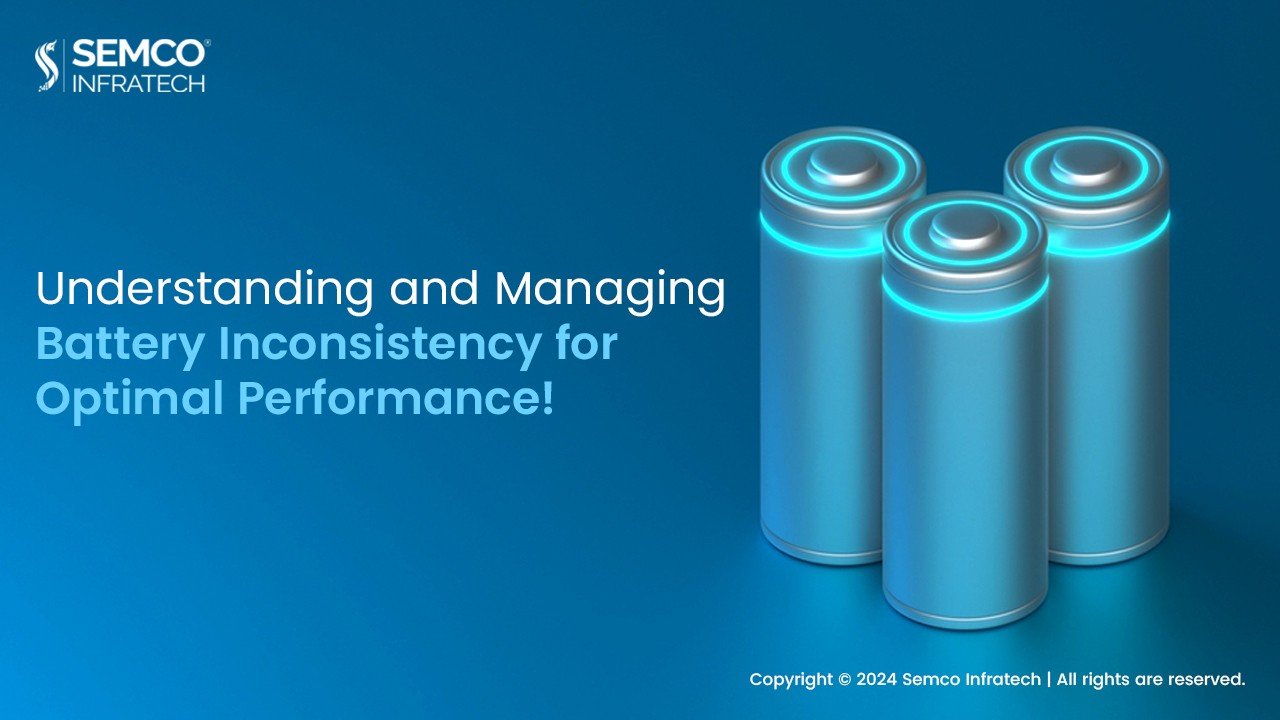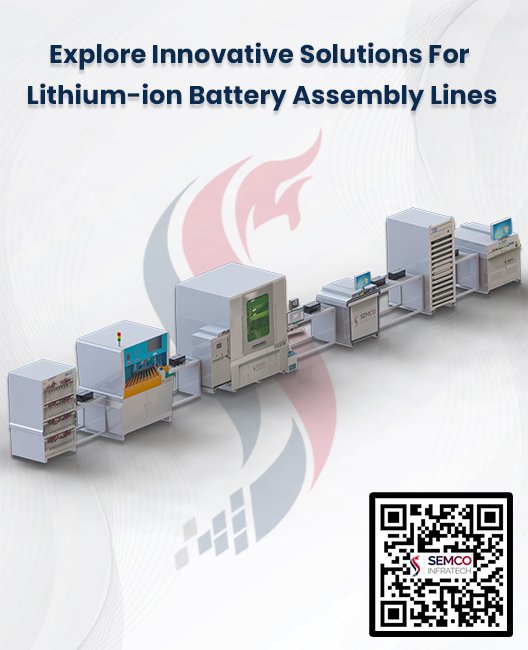We all understand how important cell sorting is. Skipping this is like passing the dumbest student in your class. You know what can happen if we do such things in real life. Cell sorting ensures that each battery cell meets the required specifications, contributing to the overall performance and safety of the final product. This article explores the top features to look for in a lithium-ion prismatic battery cell sorting machine, focusing on essential aspects like sorting criteria, machine calibration, quality control, data analysis, automation, and safety.
1. Understand Sorting Criteria
The first step in effective cell sorting is defining clear sorting criteria. These criteria must align with the specifications of the desired battery pack. Key factors to consider for the prismatic cell sorting machine include:
- Capacity: Ensure the cells have consistent energy storage capacity.
- Internal Resistance: Low internal resistance is crucial for high-performance batteries.
- Voltage: Cells should have a uniform voltage to ensure balanced performance.
- Aging: Older cells may not perform as well as newer ones, so sorting by age is essential.
By aligning sorting parameters with these factors, you can create high-quality, reliable battery packs. You must look for battery manufacturing equipment suppliers who consider the above criteria in their machines.
2. Accurate Machine Calibration
Regular calibration of the cell sorting machine is vital for maintaining accuracy. Proper calibration ensures that the machine consistently sorts cells according to the defined criteria. This consistency is essential for producing reliable battery packs. Regular maintenance and calibration checks can prevent errors and improve the efficiency of the sorting process.
3. Implement Quality Control
Quality control is a cornerstone of any manufacturing process. In terms of sorting machines for prismatic cells, it’s crucial to validate the accuracy and reliability of the sorting results. Stringent quality control measures should include:
- Routine Testing: Regular tests to ensure the machine’s performance.
- Data Verification: Cross-checking sorting data for accuracy.
- Continuous Monitoring: Keeping an eye on the machine’s performance to catch any deviations early.
Robust quality control ensures that only the best cells are used in battery packs, enhancing their overall performance and safety.
4. Leverage Data Analysis
Data analysis can significantly optimize the cell sorting process. By analyzing sorting data, you can identify trends and areas for improvement. Key benefits of leveraging data analysis include:
- Process Optimization: Adjusting sorting parameters based on data insights.
- Trend Identification: Recognizing patterns in cell performance and sorting results.
- Continuous Improvement: Using data to refine the sorting process over time.
Effective data analysis can lead to more efficient sorting and higher-quality battery packs.
5. Automation Integration
Automation can streamline the cell sorting process, reducing the need for manual intervention. Automated systems can sort cells faster and more accurately than manual methods, leading to increased efficiency and consistency. Benefits of automation include:
- Increased Speed: Faster sorting processes.
- Enhanced Accuracy: Reduced human error.
- Consistency: Uniform sorting results across large batches of cells.
Integrating automation in the cell sorting process can significantly boost productivity and reliability.
6. Prioritize Safety
Safety is paramount in any manufacturing environment. Establishing proper safety protocols can safeguard both personnel and equipment. Key safety measures include:
- Protective Gear: Ensuring workers use appropriate safety gear.
- Safety Procedures: Implementing and enforcing safety protocols.
- Regular Inspections: Conducting routine checks to identify and mitigate potential hazards.
Prioritizing safety can prevent accidents and ensure a safe working environment.
Conclusion
In summary, selecting the right features for a lithium-ion prismatic battery cell sorting machine is crucial for effective and efficient battery manufacturing. Key considerations include defining sorting criteria, maintaining accurate machine calibration, implementing robust quality control, leveraging data analysis, integrating automation, and prioritizing safety. Addressing these factors ensures high-quality, reliable, and safe battery packs. For more information on enhancing your battery manufacturing process, contact us today.






